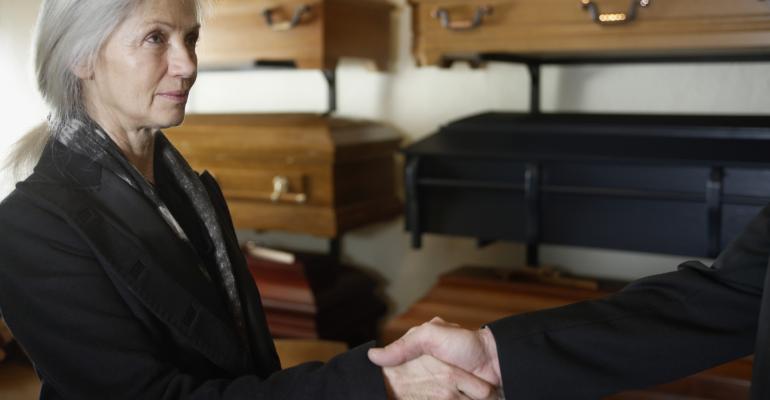Paul Saganey, the president and founder of Integrated Financial Partners, a fee-based financial services firm in Waltham, Mass., faced a situation that no executive ever expects. In the past year and a half, three financial advisors working for him passed away.
Aside from the emotional struggle, Integrated Financial Partners also found just how important succession planning is. The first advisor’s death was sudden and a plan wasn’t in place, forcing the firm to scramble.
“Everyone was kind of in this fog of what we would do next,” Saganey said, mentioning how difficult it was to balance getting the advisor’s practice accurately valued, communicating with clients, and working with the grieving family. “Advisors recommend [succession planning] to small business owners every day, and yet many of us don’t have our own agreements put together.”
The advisors at Integrated Financial Partners aren’t alone. Research from Cerulli Associates found that the average financial advisor is in his or her mid-50s and planning to exit the business by 2024. Yet only 29 percent of them have a succession plan.
After dealing with an unexpected death, Saganey made succession planning a top priority for registered reps working at his firm, and now every one of Integrated Financial Partners’ 120 advisors has a plan in place. Saganey knows this because if an advisor doesn’t make an agreement with a colleague, he steps in and takes over the business himself. One way or the other, the company handles the transition.
Saganey said having an agreement in place made an incredibly sad situation much easier to handle when two more advisors passed away.
“As the leader of an organization, it gives us a lot of pride that our people know that we care about them. We care about their practice, their families, and we want to make sure these things are taken care of,” Saganey said.
The experience gave the firm some insight into effectively planning for the unexpected death of an advisor. Saganey said the first step is to realize how valuable an advisor’s practice is and to make sure it can be passed along easily in case of emergency. Revenue, assets under management, and client data all need to be in an updated and organized database.
Next, advisors need to identify a trusted colleague that clients will also like and enter in a buy and sell agreement with them. Saganey recommends funding the agreement with a life insurance policy to eliminate any mystery of how a colleague can afford to buy the practice later. It puts skin in the game and also provides some liquidity to make the transition easier, Saganey said.
Advisors should also share the plans with their spouse to let them know that an agreement is in place and there’s no need to worry.
“We owe it to our families, who get our affairs together and maximize the value of the practice,” Saganey said. “Owe to your family to not leave loose ends out there.”

